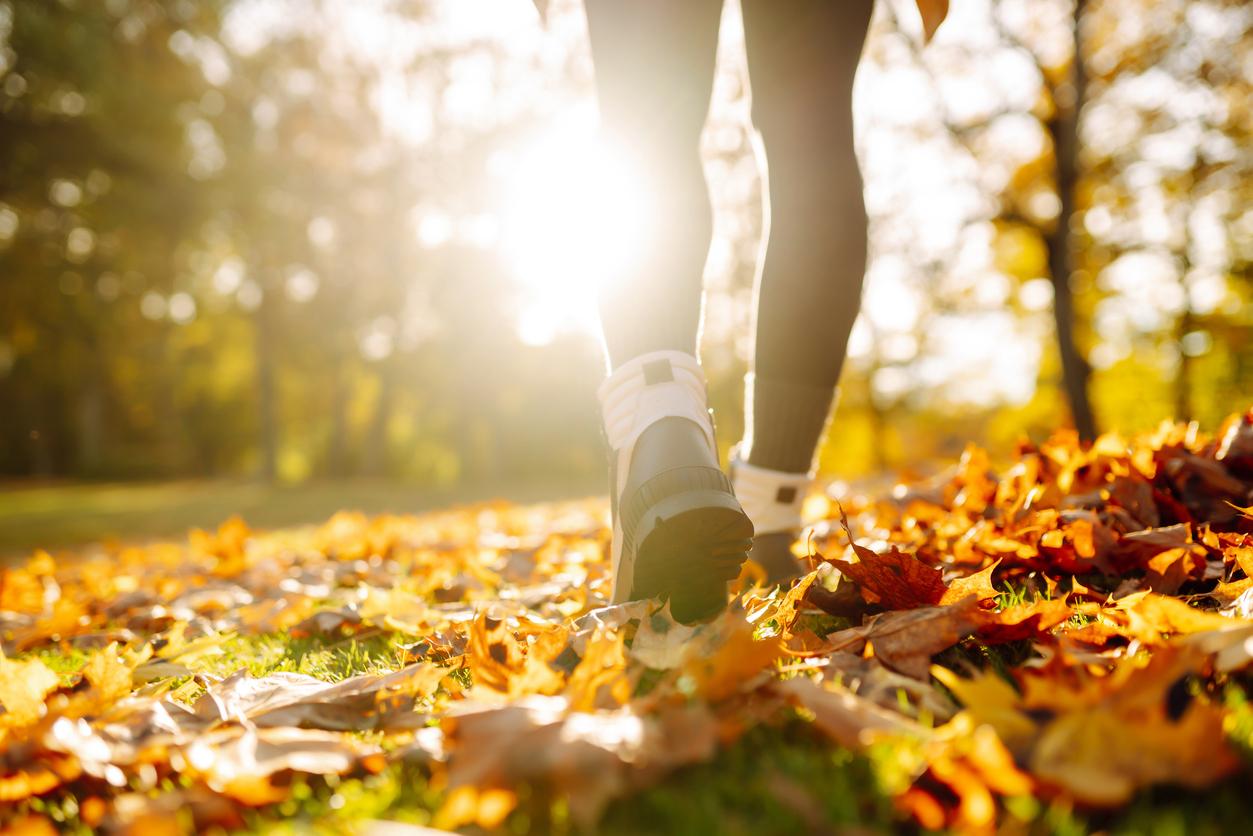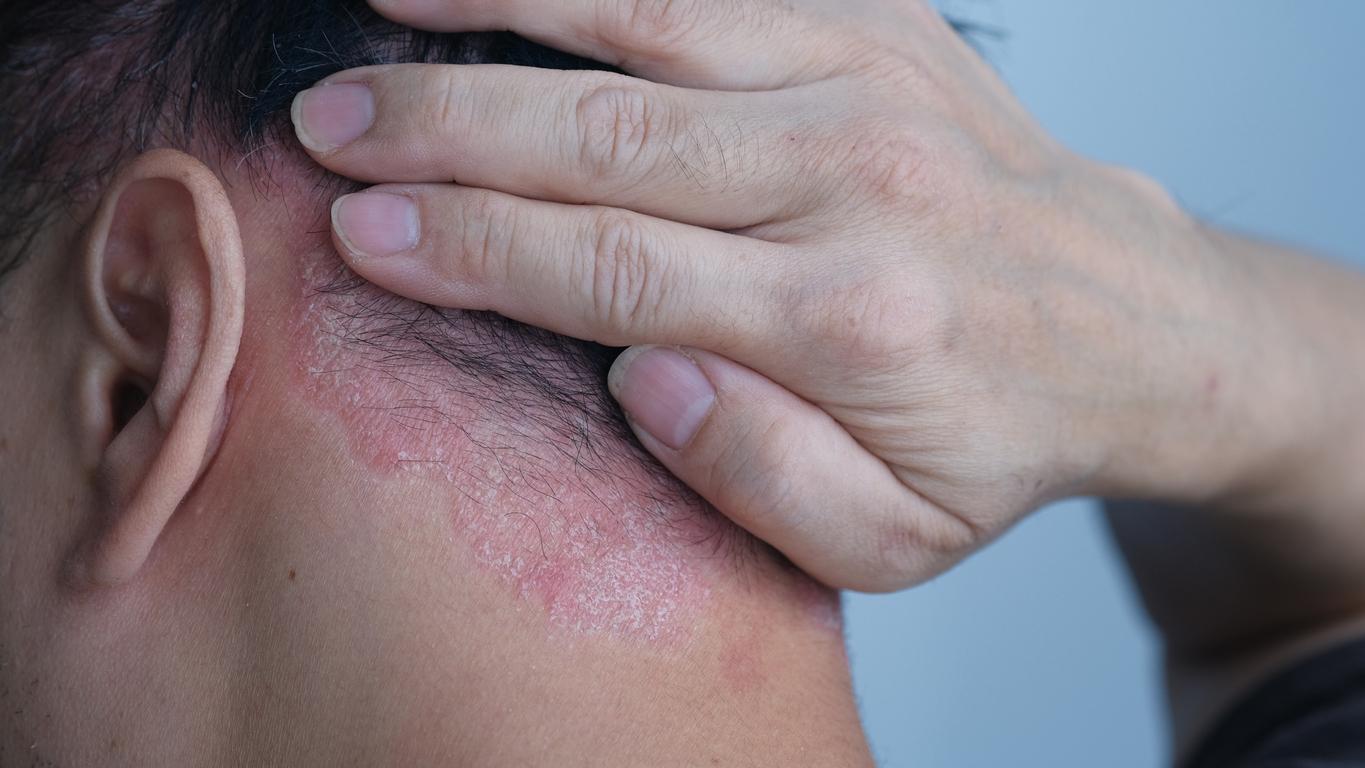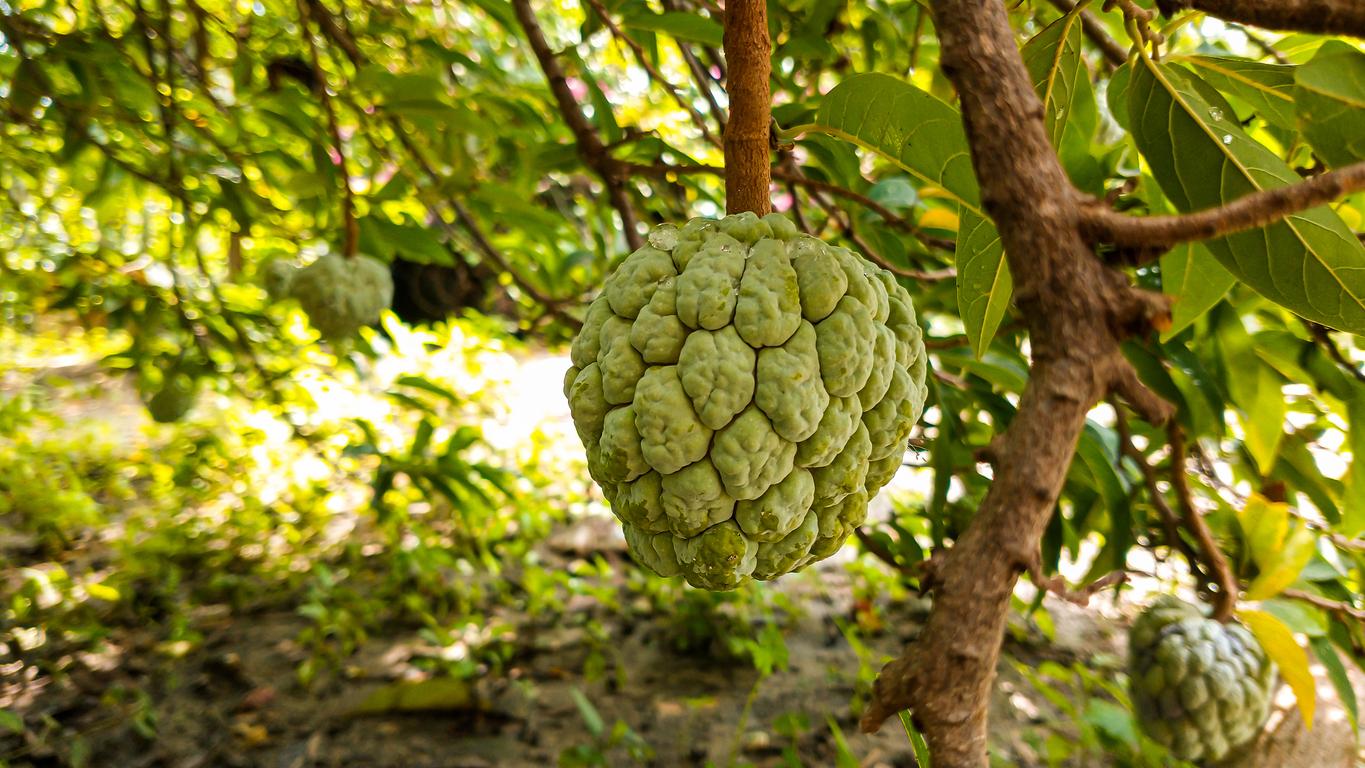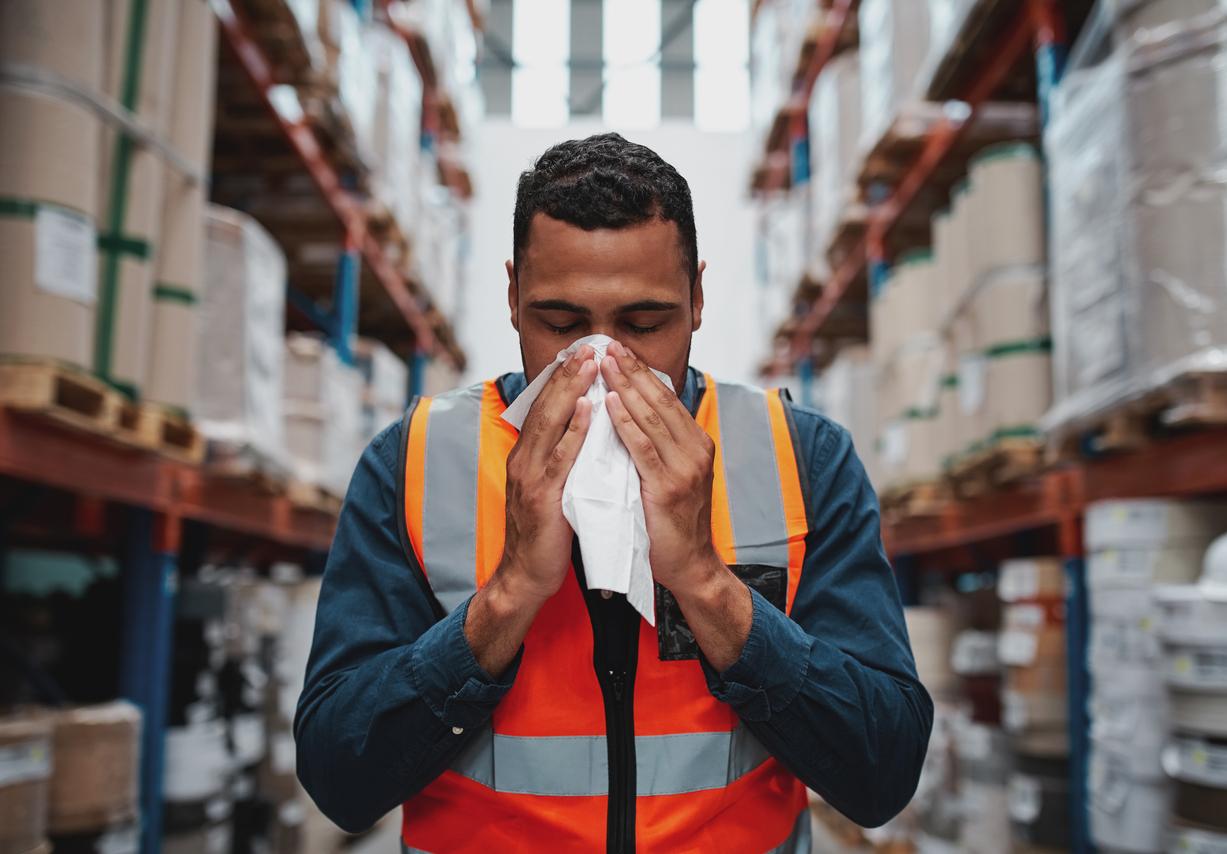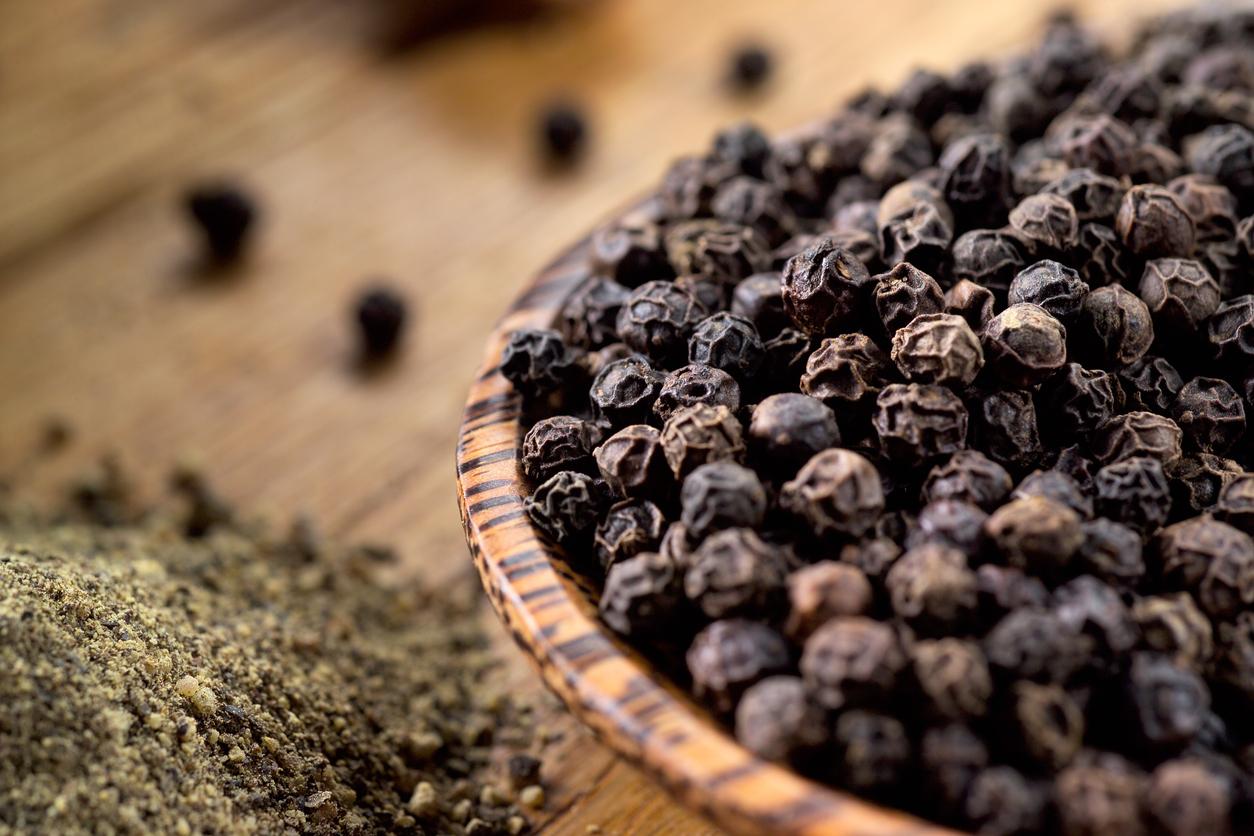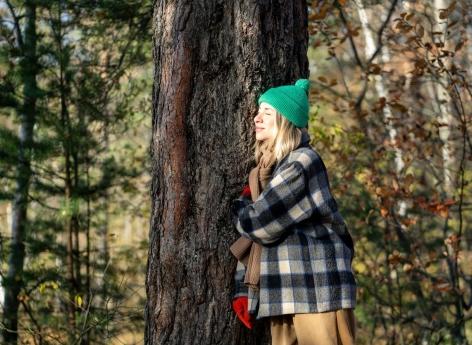Nature is often beautiful and pleasant, but let’s remain vigilant because, despite the beautiful landscapes, some plants are toxic. ANSES is helping us to see things more clearly.
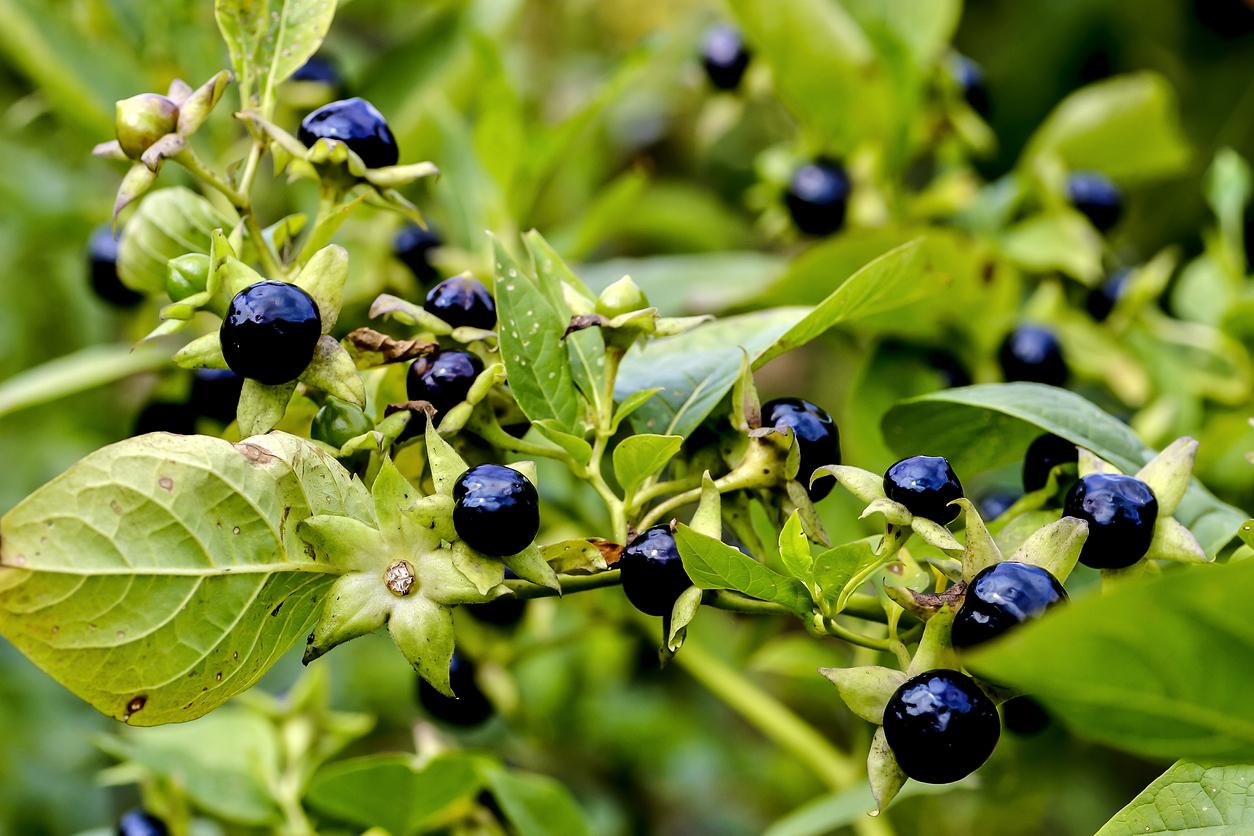
- You have to be vigilant during nature walks. Indeed, some plants are toxic and can be responsible for digestive, cardiac, neurological, respiratory, cutaneous symptoms, and even death.
- All parts of plants can be toxic: stem, root, leaf, berry, fruit, bulb, seed, flower, root, sap, latex….
- Do not hesitate to seek advice from the Poison Control Center and consult without delay in the event of poisoning or ingestion of a suspicious plant.
Whether it’s good weather, holidays or simply to get some fresh air, everything is good for a walk in the forest or in the countryside. But be careful not to pick just anything… some plants hide toxicity with potentially serious consequences. In order to avoid any mishap, thehandles (National Agency for Food, Environmental and Occupational Health Safety) has issued recommendations on this subject.
Plant toxicity: all parties are concerned
As recalled, in The Conversation, Dr Sandra Sinno-Tellier, public health doctor at ANSES, all parts of plants can be toxic. Thus bulbs, leaves, stems, seeds, fruits, berries, latex, sap… are concerned. Belladonna, for example, grows easily and its black berries are reminiscent of attractive little cherries. Especially since their sweet flavor is very misleading and makes you forget that it can lead, when ingesting a few berries, to paralysis of the nervous system with dilation of the pupils, an acceleration of the heart rate, headaches, hallucinations, and even disturbances of consciousness, convulsions and a coma that can lead to death.
Plants: not just skin toxicity
These plants can simply be touched, handled, or even eaten. Contact is thus likely to be cutaneous (skin), ocular (hands rubbing the eyes), or even digestive (in the event of ingestion).
And it’s not just children who are affected, adults of all ages can inadvertently handle these harmful plants, found in nature or even in the vegetable garden.
Dr. Sinno-Tellier reports “up to 10,000 calls (per year) to poison control centers due to exposure to ornamental or wild plants”.
Poisonous plants: useful sheets and reminders
In his information sheets, admittedly dated June 2021 but still relevant, ANSES recalls the risks of toxicity of several common plants (philodendron, obconic primrose, etc.). These sheets contain useful information such as a photo of the plant, its common and scientific name, its photograph, the toxic parts, the symptoms in the event of poisoning, the preventive measures to follow to avoid any problem and what to do in case of poisoning. They also provide the numbers of the Poison Control Centers, also filled in and updated on the site. poison-centres.net.
In a memory aid, ANSES alerts us to the possible confusion between edible plants and toxic plants with supporting photos. An example with verâtre (toxic) taken for gentian (edible), or even sorrel (edible) often mixed with arum (toxic).
And if you want to know more, you can read thestudy made in 2019 which lists the most frequent and serious confusions according to the seasons. We learn that in winter the bulb of narcissus can be taken for an onion. This error of assessment is likely to cause abdominal pain, diarrhea, nausea, vomiting, dizziness, tremors, headaches or excessive sweating.
How to avoid poisoning with plants?
To prevent any intoxication unfortunately, here are some instructions to follow according to the health authorities:
- keep children away from risky plants: they must also be made aware of the dangers associated with picking;
- do not eat the picked plant, in case of doubt about its identification: this instruction is also to be applied with the plants picked up in the orchard or the vegetable patch;
- be vigilant about the harvest period (flowering, fruiting, etc.): it is preferable to respect the life cycle of the plant;
- photograph the harvest to facilitate identification in the event of poisoning;
- immediately stop eating, if the plant has an unusual or unpleasant taste;
- do not pick in armfuls (especially leaves and grasses): this method can lead to taking other species inadvertently, and then mix poisonous and edible;
- wash and sort plants thoroughly before consumption;
- avoid direct skin contact with photosensitizing plants (responsible for abnormal reactions of the skin under the effect of the sun): if necessary, wear gloves and long, covering clothing to protect the skin from the sun.
And in case of intoxication, here are the tips to apply:
- in the event of severe disorders or signs of vital distress (difficulty breathing, loss of consciousness, etc.), contact 15 or 112 (valid throughout Europe) or 114 (for people who are deaf or hard of hearing);
- if your child has put leaves or berries in his mouth, rinse the inside of his mouth with a damp cloth, wash his hands, and call a poison control center or see a doctor if you have any symptoms or doubts about the plant ;
- Do not wait for symptoms to appear to contact a poison control center if you have ingested a poisonous plant.







